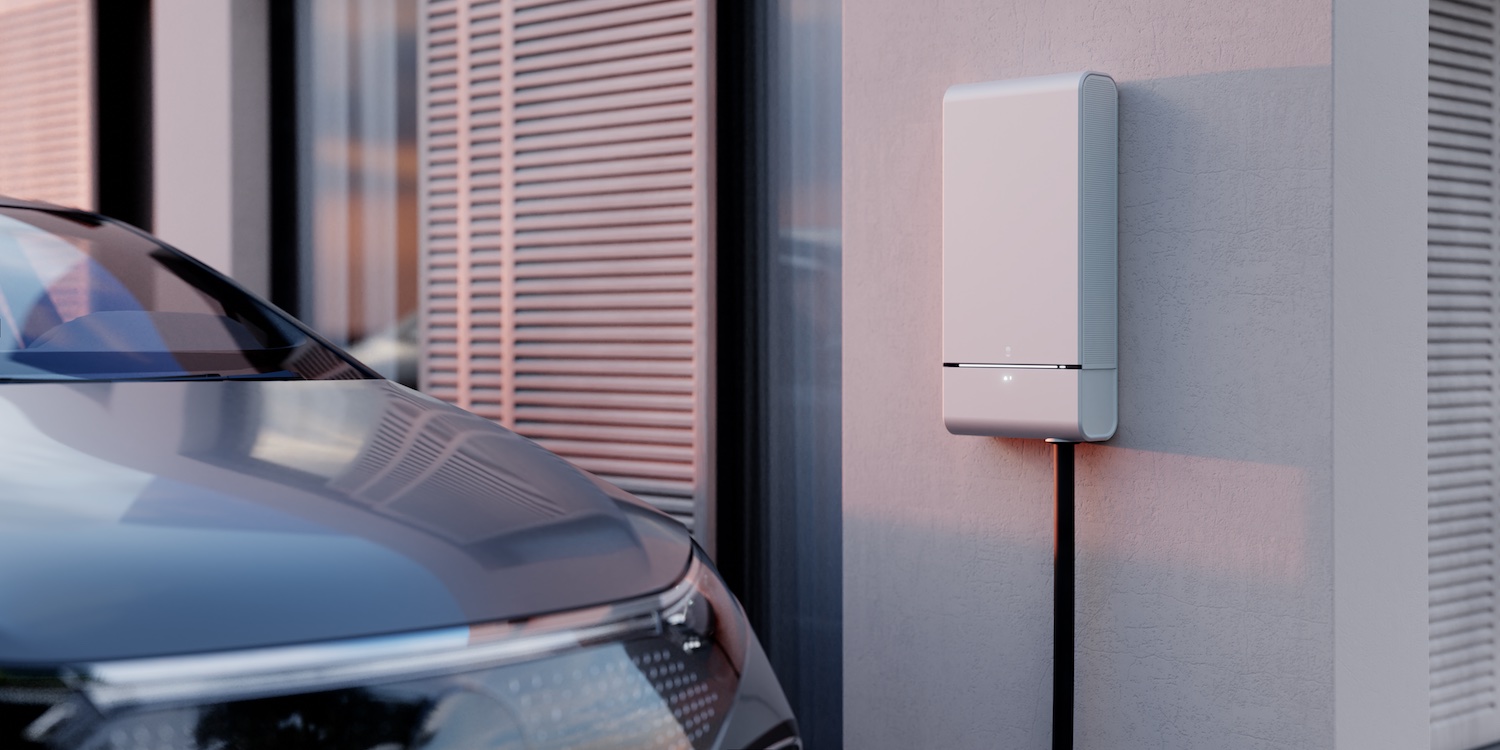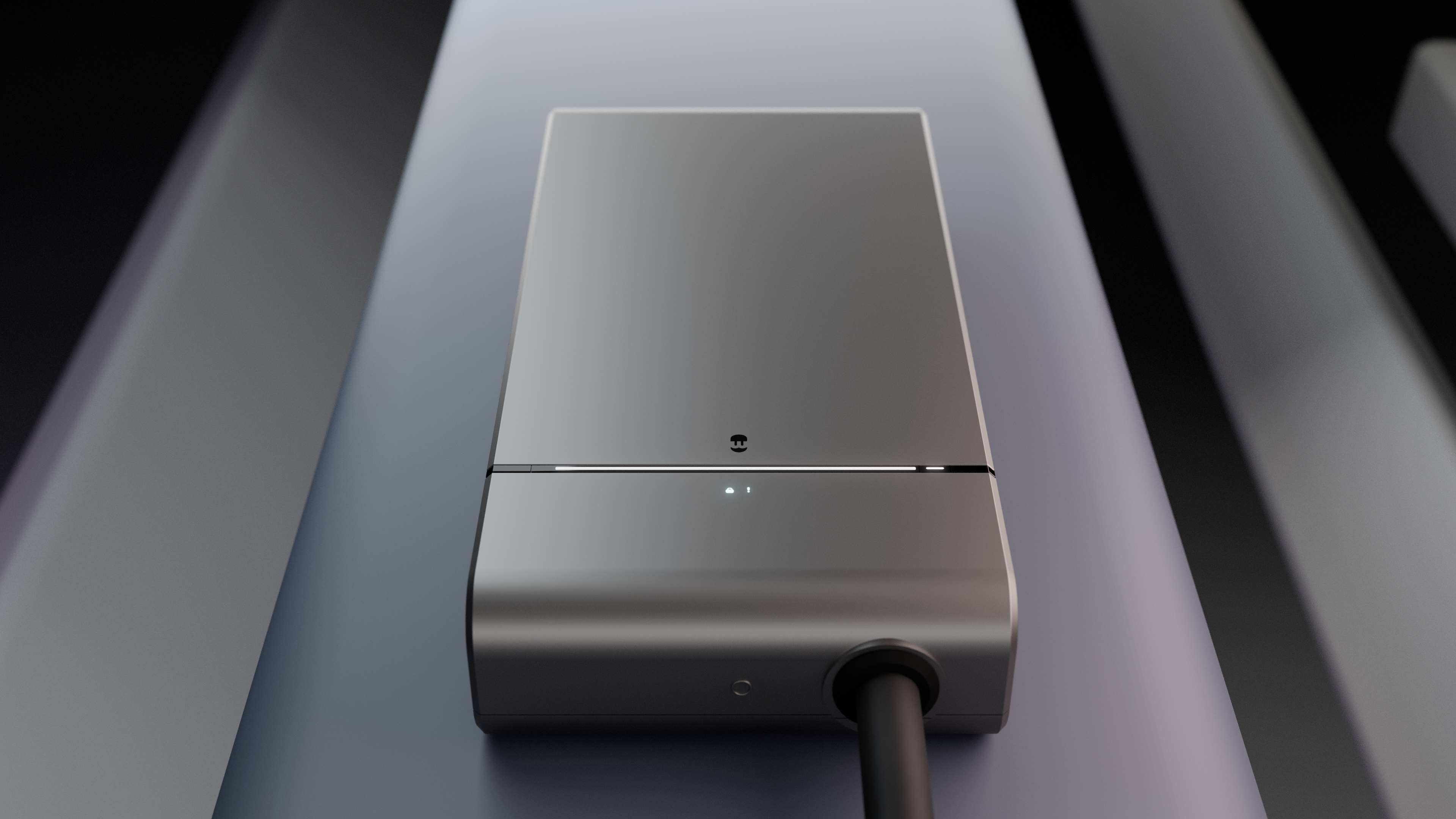Wallbox Quasar 2 lets you use your EV to power your home when the lights go out
Put your electric vehicle's battery to good use, even when you're not driving

The idea of adding a battery to your home isn’t uncommon, especially to serve as a backup in the event of a power outage. Sadly, batteries that can power a home are expensive, so what if one of the best electric cars could step in? That’s the idea behind Wallbox’s Quasar 2 EV charger.
The Quasar 2, announced at this year's CES show, is an upgraded version of the original Quasar charger, which already offered "bidirectional power" to access energy stored in your electric vehicle’s battery. This time, however, it’s been specifically designed to help you last through power outages — assuming you have a bidirectional-compatible EV, that is.
- Check out all the latest news on our CES live blog
The idea behind home batteries, which includes the Tesla Powerwall, is to store energy for when you need it most. Home batteries are often paired with solar panels, letting you keep hold of the energy your roof captures from the sun rather than feeding it into the grid straight away.
However, these batteries can also recharge from the grid when power is cheap, saving that energy for times when prices are high or the power has been cut. In some cases, your stored power could even be sold back to the grid during periods of high demand — earning you a small amount of money in the process.
But batteries are pricey, and Wallbox’s Quasar charger was designed to unlock your EV battery to do much the same job, without the cost or hassle of installing something new.
The original Wallbox Quasar was, unfortunately, only compatible with the CHAdeMO charging standard — commonly seen only on the Nissan Leaf these days. It was also limited to 7.5 kW charging speeds.

The Quasar 2, however, supports the more common CCS standard and charges at 11.5kW speeds. That extra speed is beneficial, since this is a DC charger, and by bypassing an EV's internal inverter it’s able to recharge faster than a typical AC home charger.
Get instant access to breaking news, the hottest reviews, great deals and helpful tips.
The main change is the inclusion of Blackout Mode, which lets EV owners temporarily disconnect from the grid and power their homes using the electricity stored in their EVs. That way, you won't accidentally lose any power to the grid when you need it most.
Wallbox claims that Quasar 2 can power a home’s critical energy consumption for more than three days during an extended power outage. An EV battery won’t be enough to let you keep everything in your house running for that long, but it should be enough to power the essentials — to keep the boiler going, prevent food from spoiling and so on.
The Quasar 2’s exact pricing hasn’t been announced yet, but Wallbox confirmed that it will be comparable to that of the original Quasar, which costs around $4,000. It’s a lot to pay for a home EV charger, which are typically just a few hundred dollars, but it’s still significantly cheaper than having a dedicated home battery installed.
The Tesla Powerwall, for instance, is $10,500, and the company won’t let you have one unless you also get solar panels installed as well. Plus, at 13.5 kWh, the Powerwall's storage capacity is significantly smaller than that of even a cheap EV's battery.
We still don’t know exactly which cars will be compatible with the Quasar 2, or even when it’s going to be released. But the Quasar 2 is worth considering if you have an EV and would like some peace of mind the next time the power goes out. The DC charging is just an added bonus.

Tom is the Tom's Guide's UK Phones Editor, tackling the latest smartphone news and vocally expressing his opinions about upcoming features or changes. It's long way from his days as editor of Gizmodo UK, when pretty much everything was on the table. He’s usually found trying to squeeze another giant Lego set onto the shelf, draining very large cups of coffee, or complaining about how terrible his Smart TV is.
